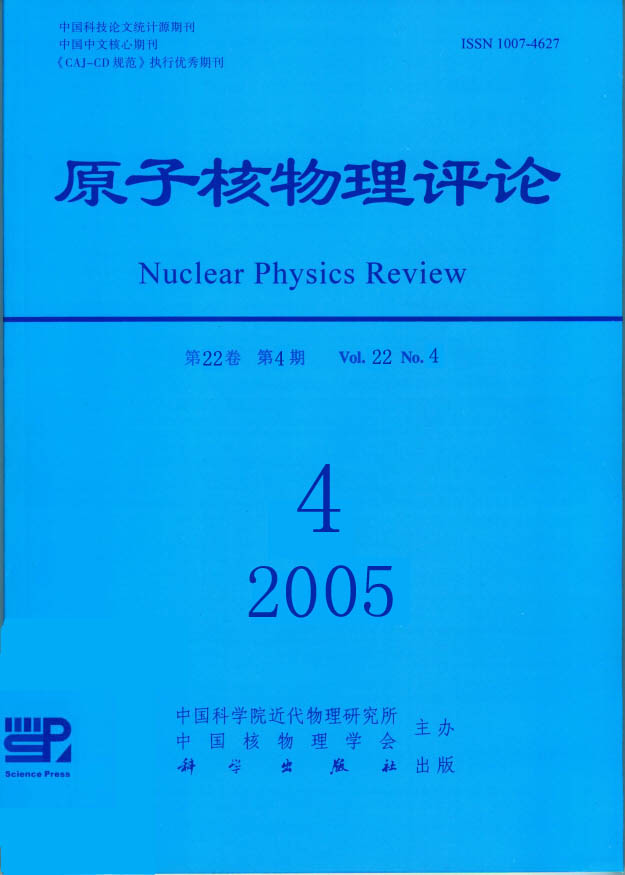Heavy Ion Fusion Reaction and Di-nuclear System Model
doi: 10.11804/NuclPhysRev.22.04.315
- Received Date: 1900-01-01
- Rev Recd Date: 1900-01-01
- Publish Date: 2005-12-20
-
Key words:
- (heavy ion fusion reaction /
- super-heavy element /
- Master equation /
- quasi-fission /
- decay of compound nuclei)
Abstract: In recent years, the Lanzou-Beijing-Giessen collaboration has studied the heavy ion reactions which are lead to the formation of super-heavy nuclei. The study emphases the mechanism of the fusion stage of the reactions. Based on the so called Di-nuclear System Model, some improvements have been made. The main points are the coupling of the dissipation of relative motion energy, angular momentum with nucleon transfer, and solving the Master equation in every step of the nucleon transfer with exact driving potentials, in order to describe the evolution of the system more microscopically. At the same time, we also discussed the effects of nuclear deformation and their relative orientation on the driving potentials, and studied the survive probability of the compound nuclei and its old-even effects, as well as the influence of inelastic excitations of nuclei in entrance channels to the capture cross sections.
| Citation: | ZHAO En-guang, LI Jun-qing, W. Scheid. Heavy Ion Fusion Reaction and Di-nuclear System Model[J]. Nuclear Physics Review, 2005, 22(4): 315-322. doi: 10.11804/NuclPhysRev.22.04.315 |






 甘公网安备 62010202000723号
甘公网安备 62010202000723号 DownLoad:
DownLoad: